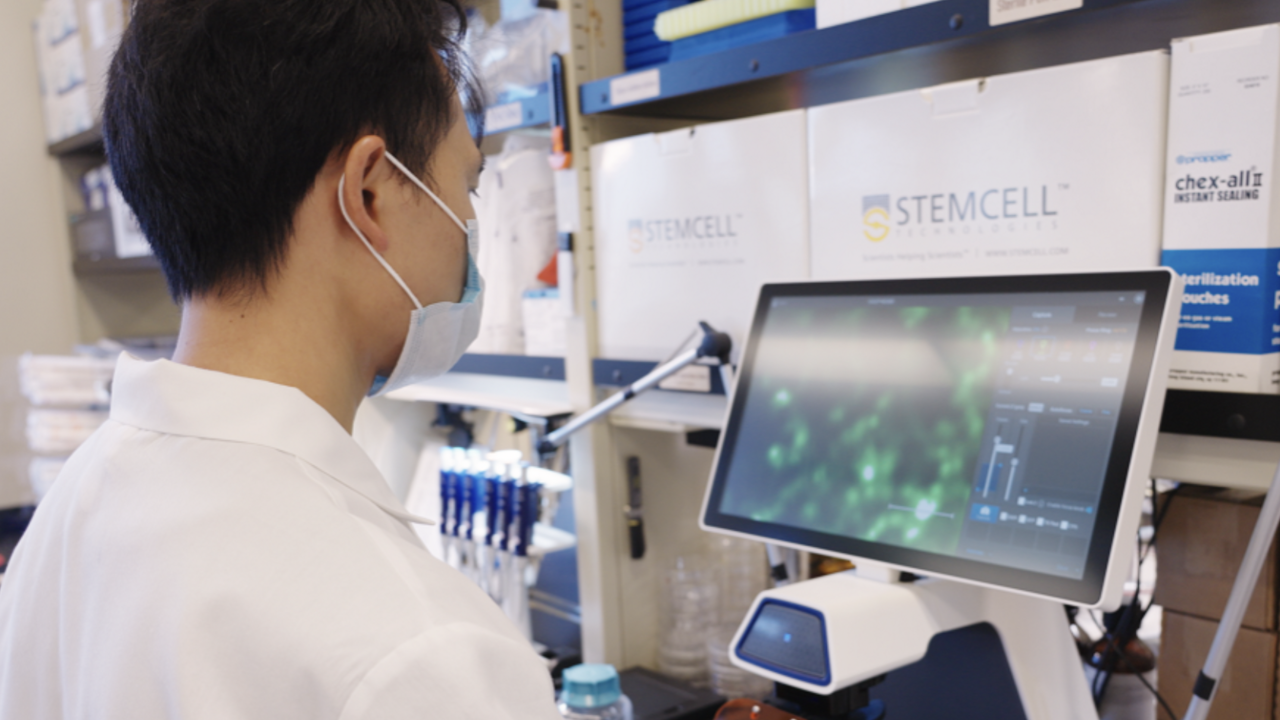The team developed proteins that directly produce the desired effect, unlike traditional methods that rely on the expression or silencing of proteins within cells. Due to the integration of the two sensory domains, the target protein responds to light and the drug rapamycin and changes its direction accordingly.
By testing the drug on living cells, the researchers observed changes in cell orientation depending on the order of arrival of the stimuli. This proof of concept opens the possibility of creating more complex “nanocomputerized” agents with multiple “requests” and consequences that could potentially affect cellular behavior such as migration, gene expression and immune response.
The team sees this technology as the basis for future cellular treatments for autoimmune diseases, viral infections, nerve damage and cancer.
News cannot be equated with a doctor’s prescription. Consult an expert before making a decision.
Source: Ferra
I am a professional journalist and content creator with extensive experience writing for news websites. I currently work as an author at Gadget Onus, where I specialize in covering hot news topics. My written pieces have been published on some of the biggest media outlets around the world, including The Guardian and BBC News.










